The Ultimate Guide to Machine Learning vs Deep Learning
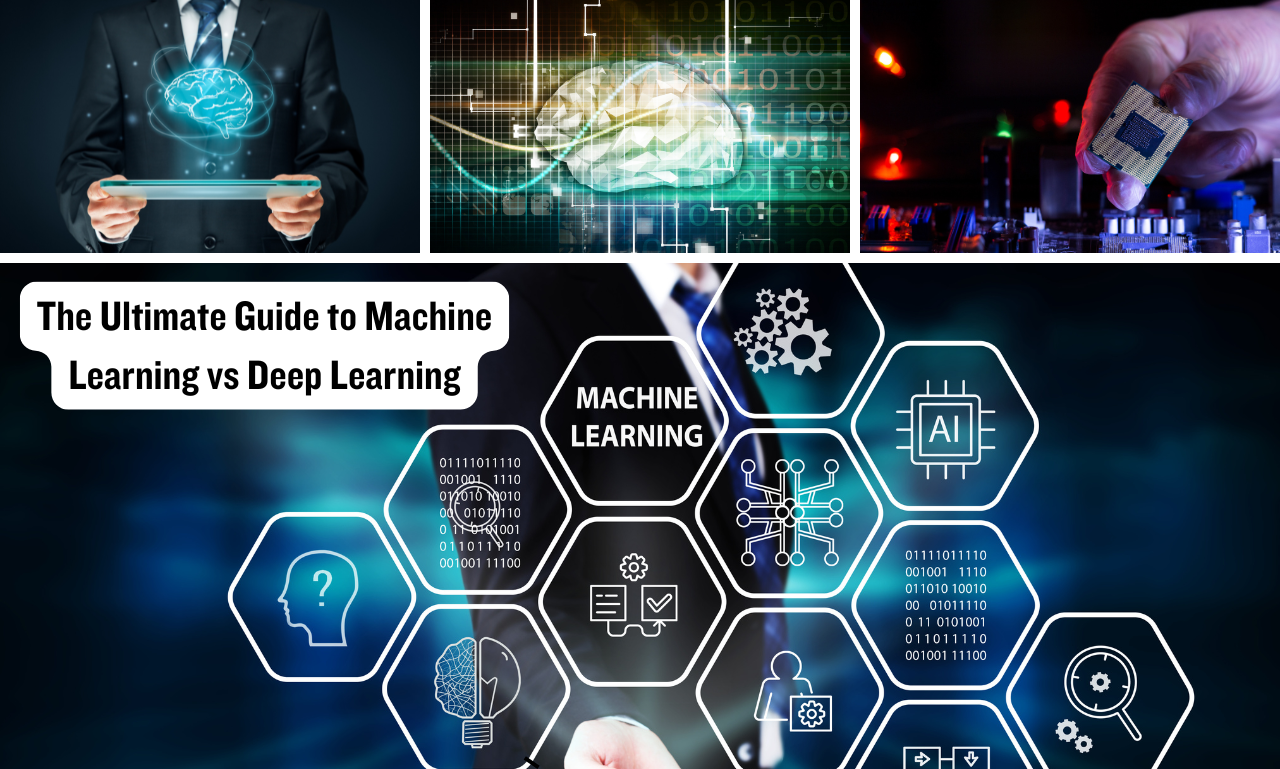
Machine Learning vs Deep Learning
Artificial intelligence (AI) has rapidly evolved in recent years, with two core technologies—machine learning (ML) and deep learning (DL)—driving most of its groundbreaking applications. While these terms are often used interchangeably, they refer to distinct concepts within the AI ecosystem. Understanding the difference between machine learning and deep learning is essential for businesses, developers, and enthusiasts aiming to harness the power of AI. This article provides a detailed comparison of to help you grasp their unique characteristics, applications, and key differences.
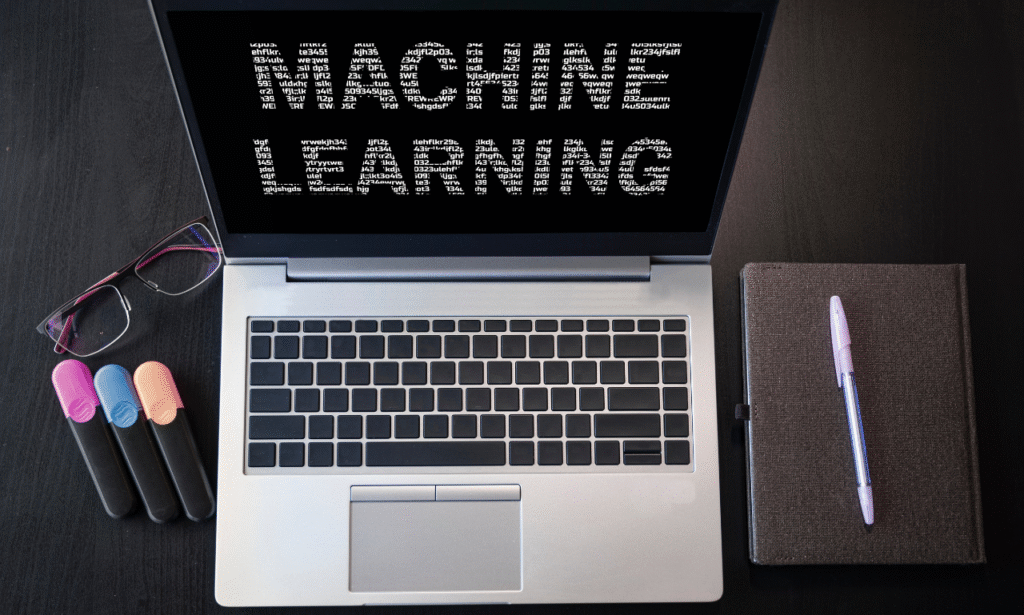
What is Machine Learning?
Machine Learning is a subset of AI that enables systems to learn and improve from experience without being explicitly programmed. ML algorithms analyze and learn patterns from data, allowing them to make predictions or decisions based on new inputs.

Common Types of Machine Learning:
Supervised Learning: Algorithms are trained on labeled data. Example: spam detection in emails.
Unsupervised Learning: Algorithms find hidden patterns in unlabeled data. Example: customer segmentation.
Reinforcement Learning: Algorithms learn by receiving rewards or penalties for actions. Example: game-playing AI.
Popular Algorithms:
Decision TreesSupport Vector Machines (SVM)
Naive BayesK-Nearest Neighbors (KNN)Linear/Logistic Regression
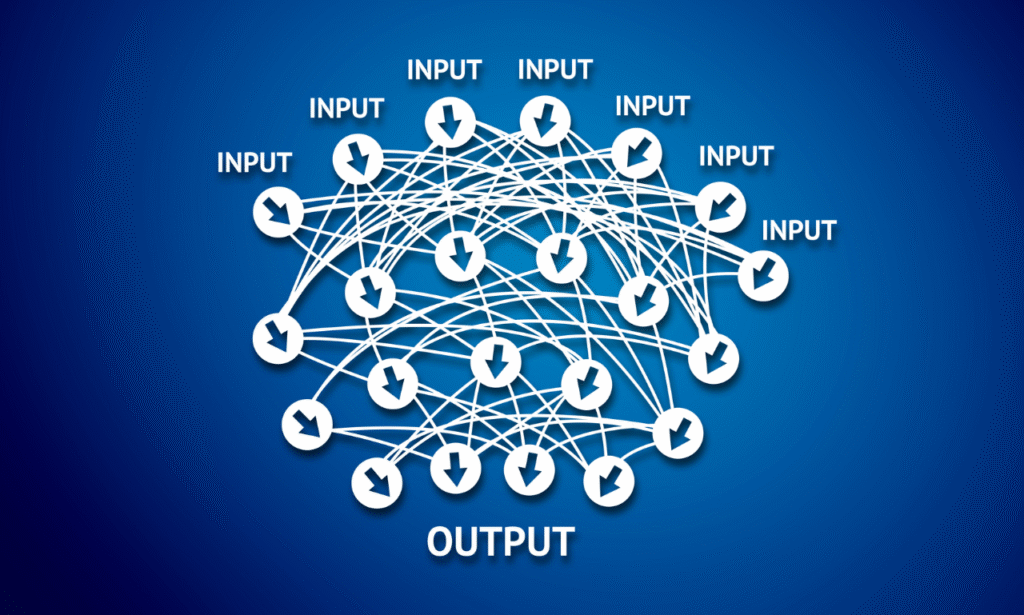
What is Deep Learning?
Deep Learning is a specialized subset of machine learning that uses artificial neural networks with many layers—hence the term “deep.” These models aim to mimic the human brain’s ability to process data and create patterns for decision-making.
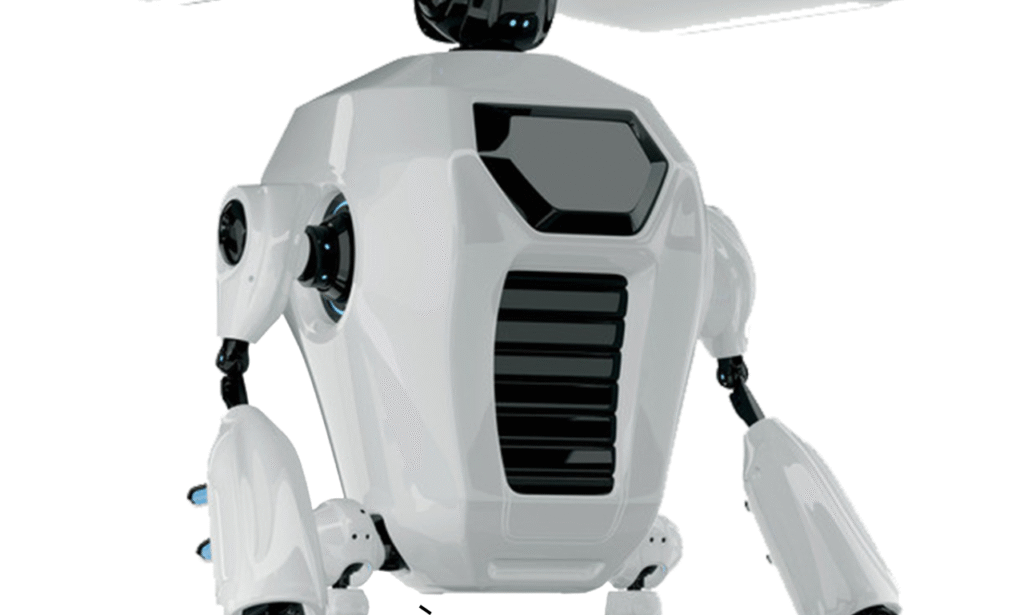
Key Features:
Uses multi-layered neural networks (often dozens or hundreds of layers)Requires large volumes of data and computational powerExcels at tasks such as image and speech recognition
Real-World Applications:
- Image and speech recognition (e.g., Google Photos, Siri)
- Natural language processing (e.g., ChatGPT)
- Self-driving cars (object detection)
- Medical diagnosis (analyzing X-rays, MRIs)
- Language translation (Google Translate)
Common Architectures:

Convolutional Neural Networks (CNNs) – used in image processingRecurrent
Neural Networks (RNNs) – used for sequence data like speech or text
Generative Adversarial Networks (GANs) – used for content generation
Key Differences Between Machine Learning and Deep Learning
| Feature | Machine Learning | Deep Learning |
|---|---|---|
| Data Requirements | Works well with small to medium datasets | Requires large volumes of data |
| Hardware Dependency | Can run on traditional CPUs | Needs GPUs or TPUs for training |
| Feature Engineering | Manual feature selection is crucial | Automatically extracts features |
| Training Time | Faster to train | Takes longer due to complex architectures |
| Interpretability | Easier to interpret results | Often considered a “black box” |
| Use Cases | Fraud detection, recommendation systems, predictive analytics | Image classification, natural language processing, autonomous vehicles |
Use Cases: Where Each Shines
Machine Learning Use Cases:
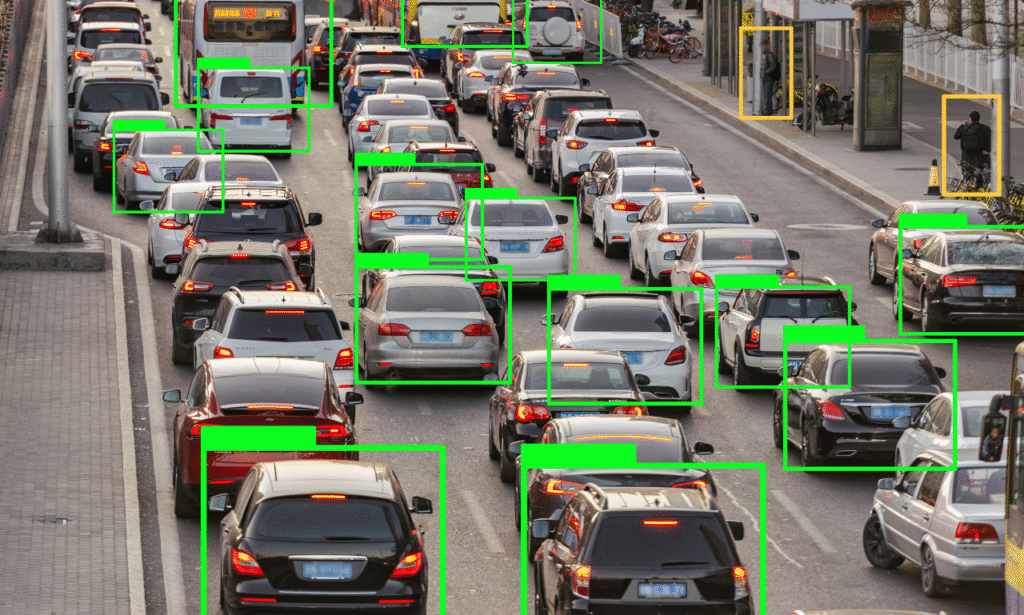
Credit scoring and fraud detectionPredictive maintenance in manufacturingCustomer churn predictionPersonalized recommendations
Deep Learning Use Cases:
Facial recognition
Self-driving carsVoice assistants (e.g., Alexa, Siri)
Real-time language translation
Which One Should You Choose?
The choice between machine learning and deep learning depends largely on your data availability, computational resources, and project complexity.
Choose machine learning if:
You have limited dataInterpretability is important
You need quick and cost-effective solutionsChoose deep learning if:
You have a large datasetYou’re working with complex tasks like image or voice recognitioYou can invest in powerful hardware and long training times
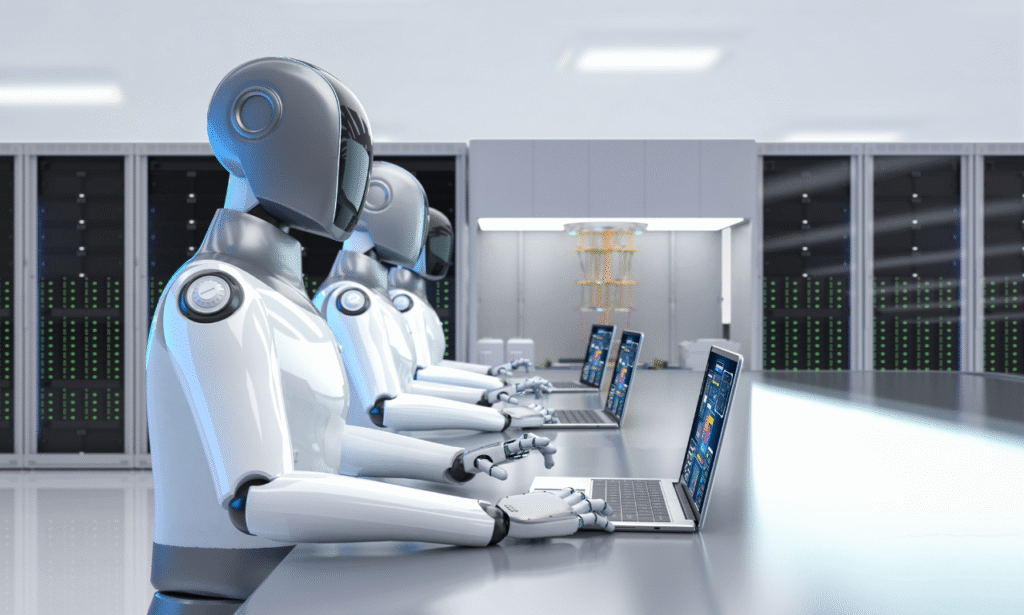
Final Thoughts
Machine learning and deep learning are both powerful tools within the field of AI, but they serve different purposes and come with unique strengths and limitations. While machine learning is more suitable for simpler, data-efficient problems, deep learning excels at solving highly complex tasks that require large datasets and computational power.
Understanding the key differences between machine learning and deep learning not only helps in selecting the right technology for your project but also sets the foundation for building smarter, more effective AI-driven solutions.
If you’re exploring AI solutions for your business or personal projects, understanding these technologies is the first step toward innovation and success in the digital age.

Frequently Asked Questions (FAQs): Machine Learning vs Deep Learning
1. What is the difference between Machine Learning vs Deep Learning?
The key difference between Machine Learning vs Deep Learning lies in complexity and architecture. Machine Learning uses algorithms that learn from data and improve over time, often requiring structured input and some human intervention for feature extraction. Deep Learning, on the other hand, is a subset of Machine Learning that uses neural networks with multiple layers (hence “deep”) to learn patterns automatically from unstructured data such as images, text, or audio.
2. Which is better for beginners: Machine Learning or Deep Learning?
When comparing Machine Learning vs Deep Learning for beginners, Machine Learning is often considered more approachable. It involves simpler algorithms, smaller datasets, and less computational power. Deep Learning requires more complex programming, larger datasets, and powerful hardware like GPUs. Beginners typically start with Machine Learning to build foundational concepts before moving on to Deep Learning.
3. When should I use Deep Learning instead of Machine Learning?
Choosing between Machine Learning vs Deep Learning depends on the problem at hand. If your project involves massive amounts of unstructured data (e.g., speech recognition, image classification, or natural language processing), Deep Learning is often the better fit. For tasks like fraud detection, predictive analytics, or recommendation systems with structured data, traditional Machine Learning models may be more efficient and easier to deploy.
4. What are the real-world applications of Machine Learning vs Deep Learning?
In real-world scenarios, both are widely used but in different contexts. Machine Learning powers spam filters, credit scoring, and recommendation engines, while Deep Learning drives self-driving cars, facial recognition, and language translation. The debate of Machine Learning vs Deep Learning becomes important when choosing the right tool based on the complexity, scale, and data type of the application.
5. Is Deep Learning replacing traditional Machine Learning?
In the ongoing discussion of Machine Learning vs Deep Learning, it’s clear that Deep Learning is not replacing Machine Learning entirely. Each has its strengths. Deep Learning excels in processing large, complex datasets with high accuracy, but it demands more resources. Machine Learning remains the preferred option for quicker, simpler, and resource-efficient models. Most industries use a combination of both to solve different problems effectively.




